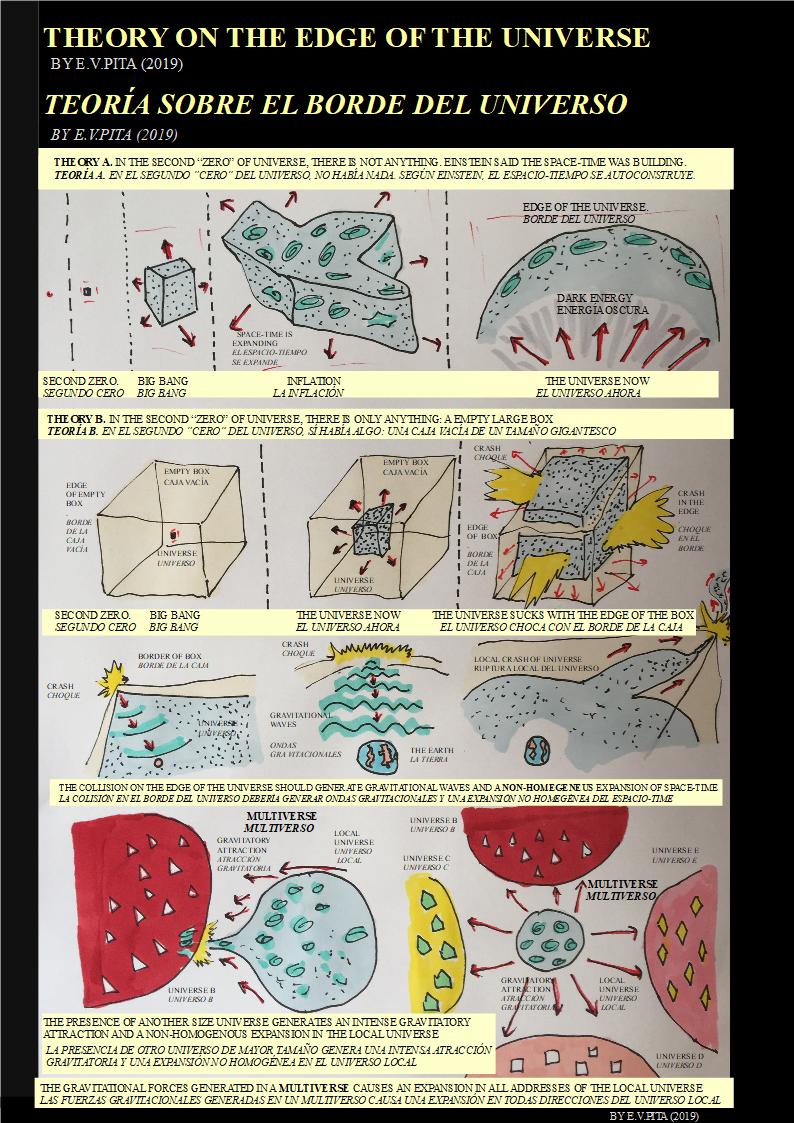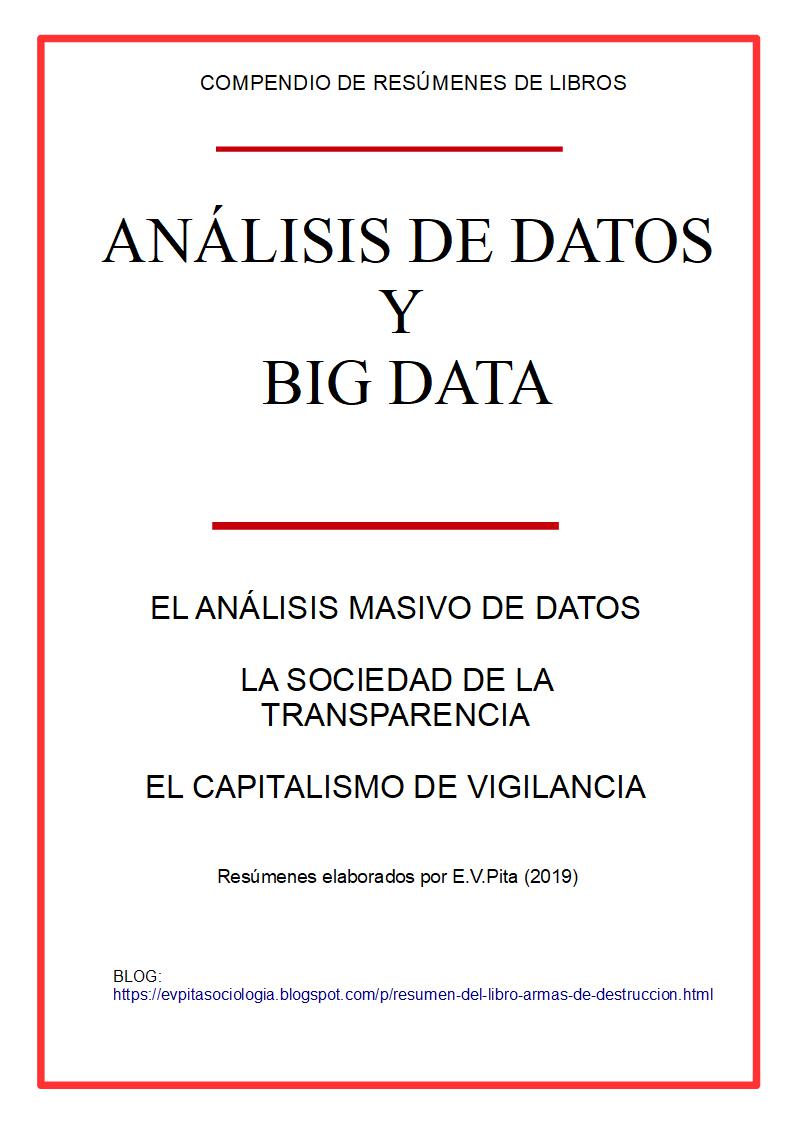Webcomic: "Astrophysics: Theory on the Edge of the Universe" (E.V.Pita, 2019)
Webcómic: "Astrofísica: Teoría sobre el borde del Universo" (E.V.Pita, 2019)
Download the PDF :bordersofuniverse
Descargar el webcomic en PDF en:
Download the PDF :bordersofuniverse
PHYSICAL THEORIES ON THE BORDER LIMITS OR EDGES OF SPACE-TIME
The following theory speculates on the type of physics that could occur in the furthest limits of an expanding Universe, on the last edges of spacetime, where no more matter or structures can be created.
The expansion of the structure of the Universe (space-time) could be limited because its momentum is exhausted or because it collides with a border or edge: the walls of the bubble or box containing the void or nothing (an area that does not belong to spacetime). The collision of the confines of the Universe in expansion with that area without anything could generate some kind of interaction and the echoes of gravitational waves reach Earth.
The second hypothesis studies an assumption of Multiverse, in which the different universes gravitationally interact and expand, drag and swallow the local Universe. This could be observed if some area of space-time expands so that it is not homogeneous due to the strong gravitational attraction of the exterior that it must support. A universe of bubble universe (which generates intense gravitational interactions in all directions) could generate an expansion of our universe in all directions like the one observed now.
TEORÍAS FÍSICAS SOBRE LOS LÍMITES FRONTERIZOS O BORDES DEL ESPACIO TIEMPO
La siguiente teoría especula sobre el tipo de física que podría darse en los límites más alejados de un Universo en expansión, en los bordes últimos del espacio-tiempo, allí donde no se puede crear más materia ni estructuras.
La expansión de la estructura del Universo (el espacio-tiempo) podría estar limitada porque se agota su impulso o porque colisiona con una frontera o borde: las paredes de la burbuja o caja que contiene el vacío o la nada (una zona que no pertenece al espacio-tiempo) . La colisión de los confines del Universo en expansión con esa zona sin nada podría generar algún tipo de interacción y los ecos de las ondas gravitacionales llegar a la Tierra.
La segunda hipótesis estudia un supuesto de Multiverso, en el que los distintos universos interactúan gravitatoriamente y expanden, arrastran y engullen al Universo local. Esto se podría observar si alguna zona del espacio-tiempo se expande de forma que no es homogénea debido a la fuerte atracción gravitatoria del exterior que debe soportar. Un entorno de universo-burbuja (que genera intensas interacciones gravitacionales en todas las direcciones) podría generar una expansión de nuestro universo en todas las direccciones como el que se observa ahora.

